
Rabbit Anti-CPLX1 antibody
complexin 1; Complexin I; Complexin-1; CPLX1; CPLX1_HUMAN; CPX I; CPX-I; CPX1; Synaphin 2; Synaphin-2; 921-S.
View History [Clear]
Details
Product Name CPLX1 Chinese Name Complexin I/复合素1抗体 Alias complexin 1; Complexin I; Complexin-1; CPLX1; CPLX1_HUMAN; CPX I; CPX-I; CPX1; Synaphin 2; Synaphin-2; 921-S. Research Area Cell biology Neurobiology Signal transduction Binding protein Immunogen Species Rabbit Clonality Polyclonal React Species Mouse, Rat, (predicted: Human, Chicken, Pig, Cow, ) Applications WB=1:500-2000 ELISA=1:5000-10000 IHC-P=1:100-500 IHC-F=1:100-500 ICC=1:100-500 IF=1:100-500 (Paraffin sections need antigen repair)
not yet tested in other applications.
optimal dilutions/concentrations should be determined by the end user.Theoretical molecular weight 15kDa Cellular localization cytoplasmic Form Liquid Concentration 1mg/ml immunogen KLH conjugated synthetic peptide derived from human CPLX1: 31-100/134 Lsotype IgG Purification affinity purified by Protein A Buffer Solution 0.01M TBS(pH7.4) with 1% BSA, 0.03% Proclin300 and 50% Glycerol. Storage Shipped at 4℃. Store at -20 °C for one year. Avoid repeated freeze/thaw cycles. Attention This product as supplied is intended for research use only, not for use in human, therapeutic or diagnostic applications. PubMed PubMed Product Detail Complexin 1 and Complexin 2, also designated Synaphin 1 and Synaphin 2, contain an a-helical middle domain of approximately 58 amino acids. Complexin 1 and Complexin 2 are expressed in presynaptic terminals of inhibitory and excitatory hippocampal neurons, respectively, and in cytoplasmic pools during early stages of development. Complexins promote SNARE (soluble N-ethylmaleimide-sensitive factor attachment protein receptors) precomplex formation by binding to synaxin with its a-helical domain. Complexins are important regulators of transmitter release at a late step in calcium dependent neurotransmitter release or immediately after the calcium-triggering step of fast synchronous transmitter release and preceding vesicle fusion. Neurons lacking complexins show reduced transmitter release efficiency due to decreased calcium sensitivity of the synaptic secretion process. Complexin 2 may play a role in LTP (long term potentiation) following tetanic stimulation. A progressive loss of Complexin 2 occurs in the brains of mice carrying the Huntington disease mutation, an autosomal dominant neurodegenerative disorder. Changes in the neurotransmitter release might contribute to the motor, emotional and cognitive dysfunctions seen in these mice.
Function:
Positively regulates a late step in synaptic vesicle exocytosis. Also involved in glucose-induced secretion of insulin by pancreatic beta-cells.
Subunit:
Binds to the SNARE core complex containing SNAP25, VAMP2 and STX1A.
Subcellular Location:
Cytoplasm; cytosol. Enriched at synaptic-releasing sites in mature neurons.
Tissue Specificity:
Nervous system. In hippocampus and cerebellum, expressed mainly by inhibitory neurons. Overexpressed in substantia nigra from patients with Parkinson disease.
Similarity:
Belongs to the complexin/synaphin family.
SWISS:
O14810
Gene ID:
10815
Database links:
Entrez Gene: 10815 Human
Entrez Gene: 12889 Mouse
Omim: 605032 Human
SwissProt: O14810 Human
SwissProt: P63040 Mouse
Unigene: 478930 Human
Unigene: 5195 Mouse
Unigene: 10133 Rat
Product Picture
RSC96(Rat) Cell Lysate at 30 ug
Primary: Anti- CPLX1 (SL11341R) at 1/1000 dilution
Secondary: IRDye800CW Goat Anti-Rabbit IgG at 1/20000 dilution
Predicted band size: 15 kD
Observed band size: 17 kD
Paraformaldehyde-fixed, paraffin embedded (mouse brain); Antigen retrieval by boiling in sodium citrate buffer (pH6.0) for 15min; Block endogenous peroxidase by 3% hydrogen peroxide for 20 minutes; Blocking buffer (normal goat serum) at 37°C for 30min; Antibody incubation with (CPLX1) Polyclonal Antibody, Unconjugated (SL11341R) at 1:400 overnight at 4°C, followed by a conjugated secondary (sp-0023) for 20 minutes and DAB staining.Paraformaldehyde-fixed, paraffin embedded (rat brain); Antigen retrieval by boiling in sodium citrate buffer (pH6.0) for 15min; Block endogenous peroxidase by 3% hydrogen peroxide for 20 minutes; Blocking buffer (normal goat serum) at 37°C for 30min; Antibody incubation with (CPLX1) Polyclonal Antibody, Unconjugated (SL11341R) at 1:400 overnight at 4°C, followed by a conjugated secondary (sp-0023) for 20 minutes and DAB staining.Paraformaldehyde-fixed, paraffin embedded (mouse brain); Antigen retrieval by boiling in sodium citrate buffer (pH6) for 15min; Block endogenous peroxidase by 3% hydrogen peroxide for 20 minutes; Blocking buffer (normal goat serum) at 37°C for 30min; Antibody incubation with (CPLX1) Polyclonal Antibody, Unconjugated (SL11341R) at 1:400 overnight at 4°C, followed by a conjugated secondary (Goat Anti-rabbit IgG/Bio) for 20minutes at 37°C, followed by a conjugated streptavidin (SL0437P-Cy3) at[1:500] for 40 minutes and DAPI staining of the nuclei.Paraformaldehyde-fixed, paraffin embedded (rat brain); Antigen retrieval by boiling in sodium citrate buffer (pH6) for 15min; Block endogenous peroxidase by 3% hydrogen peroxide for 20 minutes; Blocking buffer (normal goat serum) at 37°C for 30min; Antibody incubation with (CPLX1) Polyclonal Antibody, Unconjugated (SL11341R) at 1:400 overnight at 4°C, followed by a conjugated secondary (Goat Anti-rabbit IgG/Bio) for 20minutes at 37°C, followed by a conjugated streptavidin (SL0437P-Cy3) at[1:500] for 40 minutes and DAPI staining of the nuclei.
Bought notes(bought amounts latest0)
No one bought this product
User Comment(Total0User Comment Num)
- No comment
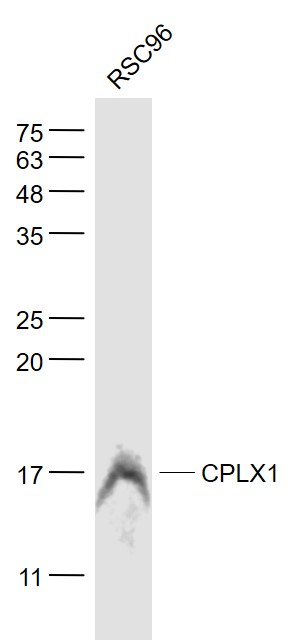
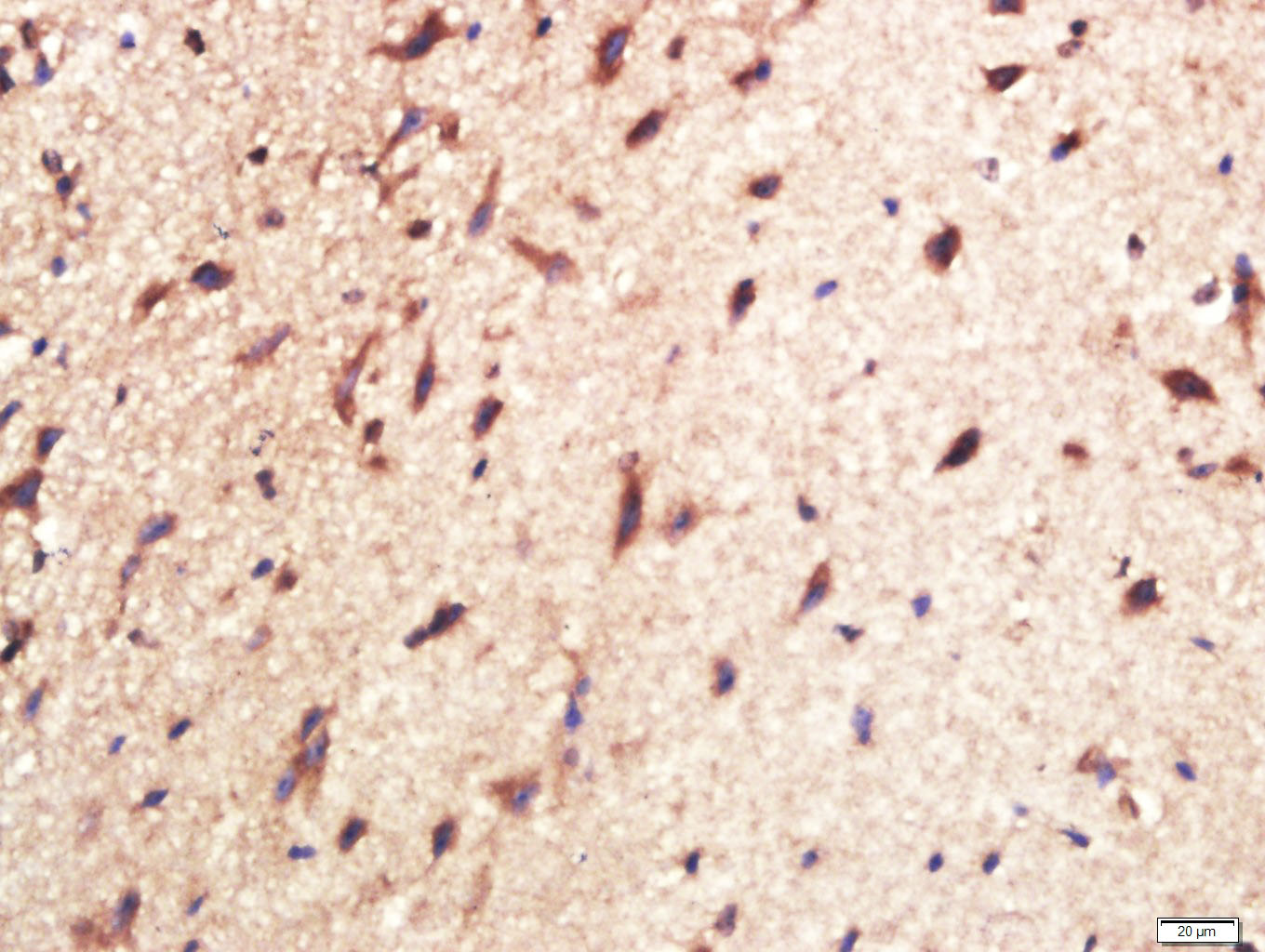
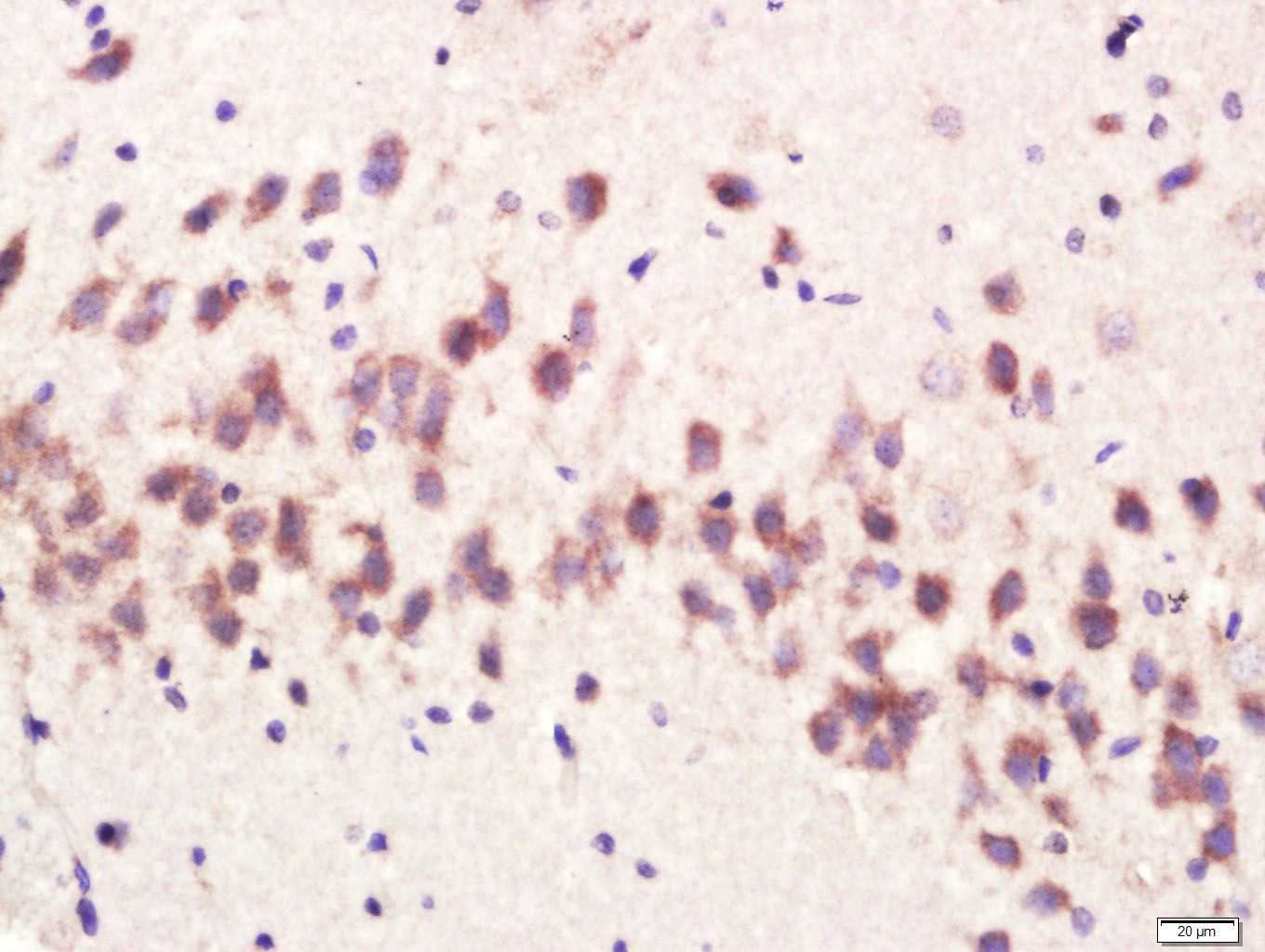
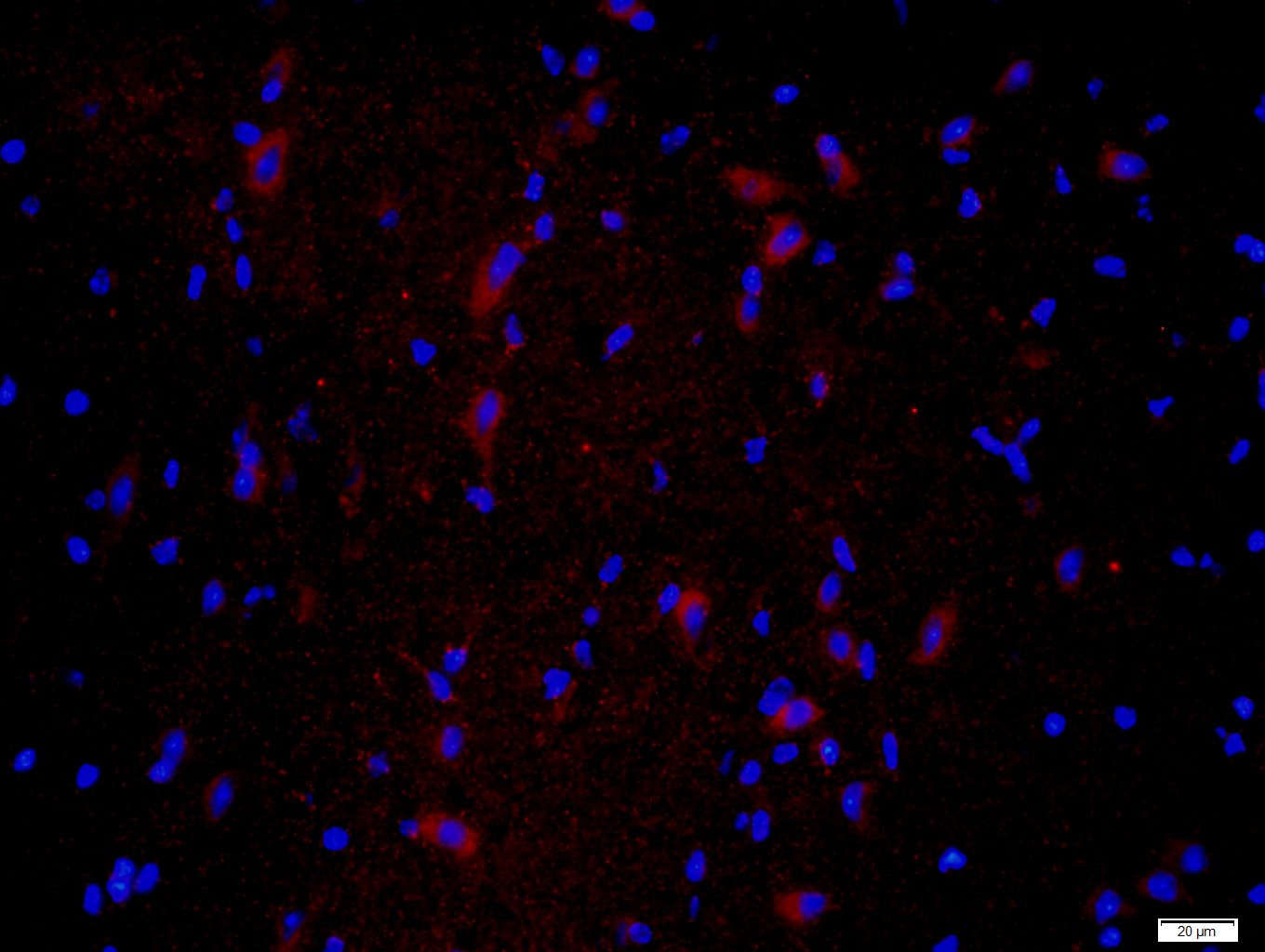
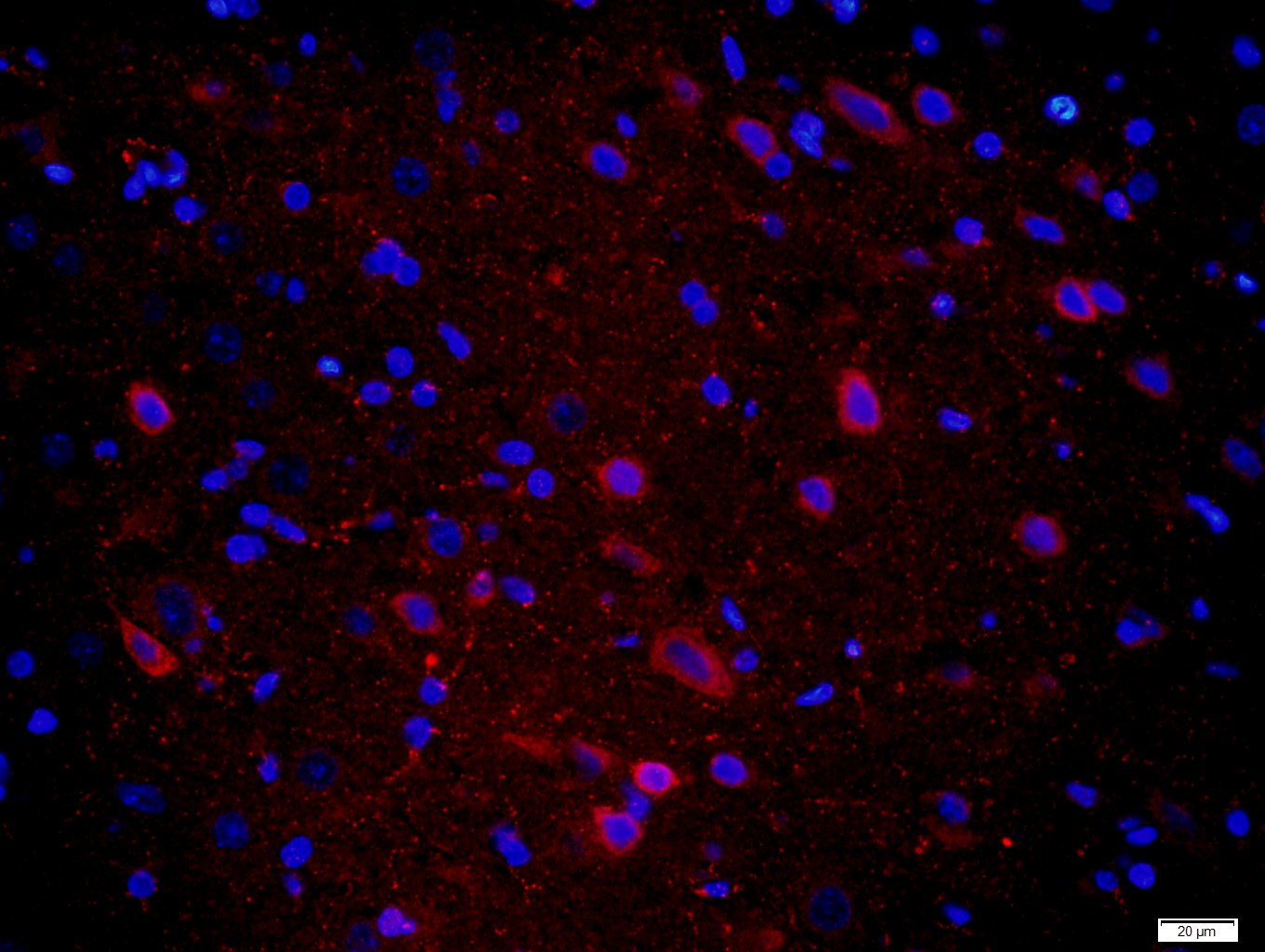


 +86 571 56623320
+86 571 56623320
 +86 18668110335
+86 18668110335

